The Nissan Juke has come a long way since it was first launched in 2010. Back then its squat stance and bug-eyed appearance split people into love-it-or-loathe it camps.
The current second generation, launched in 2019, has smoother styling that will appeal to a much wider range of tastes.
It was initially offered with a 1.0 litre petrol engine but last year the Juke has been revised further, taking its first step into the electrified era with a hybrid version.
The petrol-electric drivetrain was developed in conjunction with sister brand Renault and was first seen in that firm’s Captur E-Tech.
It features a 1.6 litre petrol engine with an electric motor for a combined 141bhp. Meanwhile, a second, smaller electric motor sits inside the gearbox and helps manage both power sources.
It’s not a plug-in hybrid so you don’t have to connect it to an external power source. You just get in and drive it like any ordinary petrol car. The flip side of that is that you’re not able to do 20 or 30 miles on battery power.
Battery power
The Juke will do short distances at speeds of up to 34mph but the main benefit of the battery is improved efficiency. Nissan claims 20% better fuel economy and 25% more power.
Nissan Juke prices start at a little over £21,000 for a 1.0 litre model. The new Hybrid version isn’t available in base Visia and Acenta trim levels and instead costs from around £27,500 for an N-Connecta model.
This does, of course, come with much more in the way of kit including keyless entry, all round parking sensors, heated seats and windscreen and a suite of safety features.
I spent some time with the top spec Tekna+ version which added leather seats and some other niceties for a price just north of £30,000.
The car starts at the push of a button, springing silently into life – the petrol engine doesn’t kick in until it’s needed.
For the most part the driving experience is the same as a petrol car, although there is a one-pedal driving mode that uses regenerative braking to charge the battery when you lift off the accelerator.
The Juke will achieve 56.5mpg according to official figures and I didn’t find it difficult to get 50+mpg from it in real world driving.
Refined ride
The big change I’ve noticed in driving updated versions of the Nissan Qashqai and X-Trail is their improved refinement.
The Juke follows that trend. At 70mph between Dundee and Perth it was much quieter than the previous generation Juke, with suspension that smooths out uneven surfaces.
There’s a bit of body roll in corners but the Juke has plenty of grip and accurate steering that makes the car easy to manoeuvre.
The Juke takes 10 seconds to get from 0-62mph, which isn’t lightning fast. It responds quickly to throttle inputs, however, and feels quicker than those numbers suggest.
The interior has a large central screen but – thankfully – retains easy-to-use dials for the heating controls. The touchscreen infotainment system is a little clunky but there’s Apple CarPlay and Android Auto so you can largely bypass the car’s own system in favour of your phone’s.
Well equipped
My top spec version came with a Bose sound system that even included speakers in the front headrests for a more immersive experience.
Space in the rear is fine for children but tight for adults and the hybrid system reduces boot space by 68 litres, leaving 354 litres back there.
People who want a smallish SUV with good passenger and boot space should checkout the Skoda Kamiq.
The Juke is on par with many of its rivals, however – Toyota’s CH-R, the Kia Stonic and Ford Puma also only offer moderate space in the rear.
Overall there’s plenty to recommend the Nissan Juke. It drives well, looks good and in this hybrid guise offers better economy and more power than the 1.0 litre option Nissan also offers.
Facts
Price: £30,150
0-62mph: 10.1 seconds
Top speed: 103mph
Economy: 56.5mpg
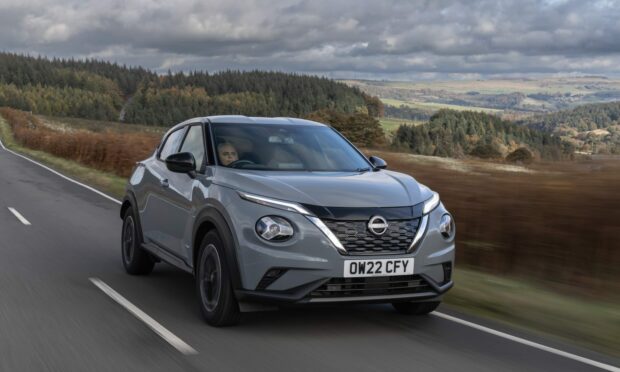

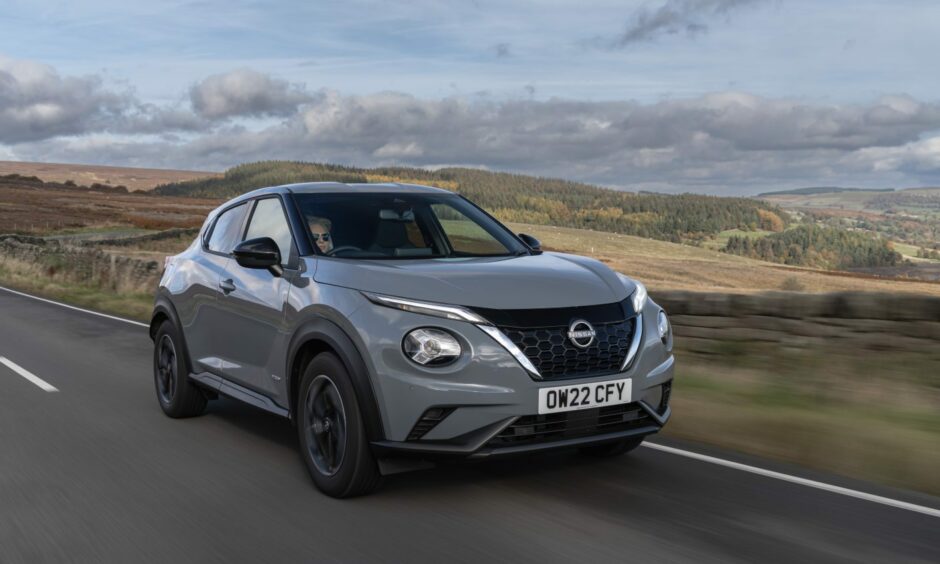


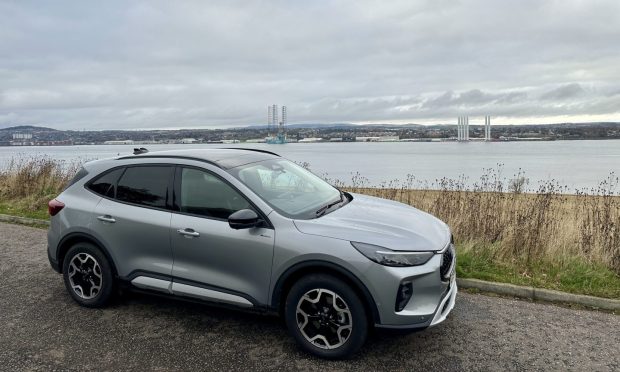

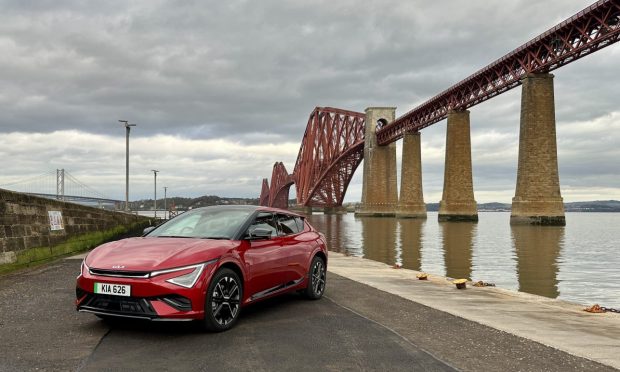
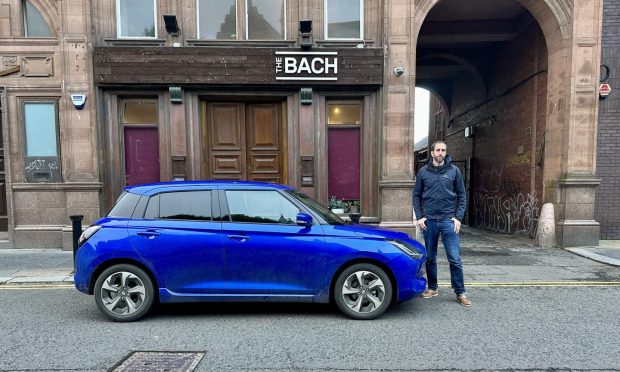
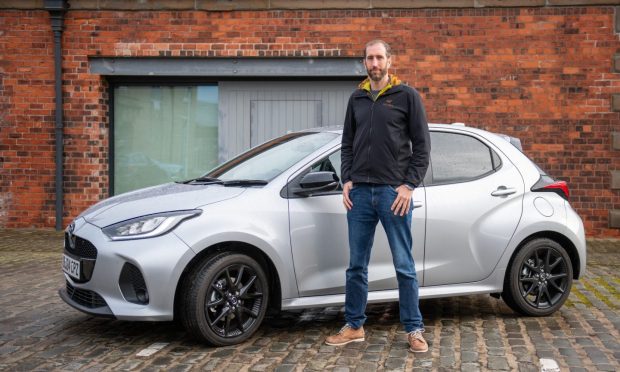
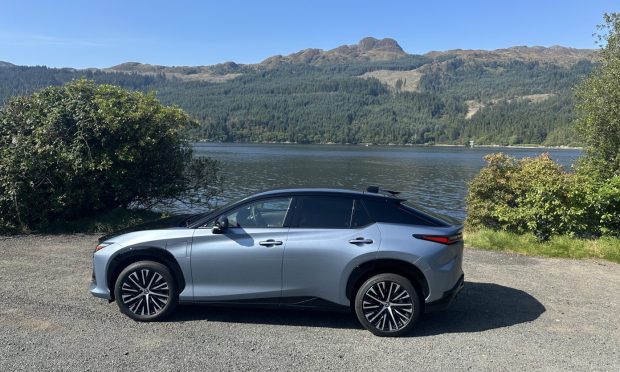
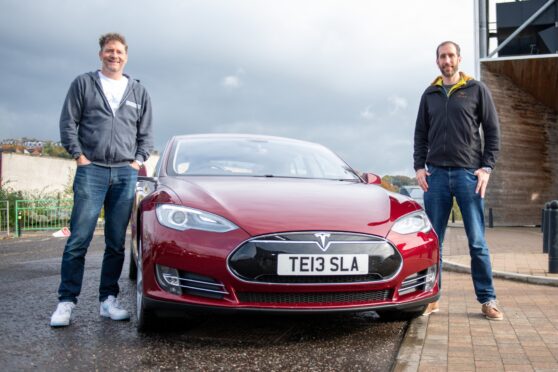
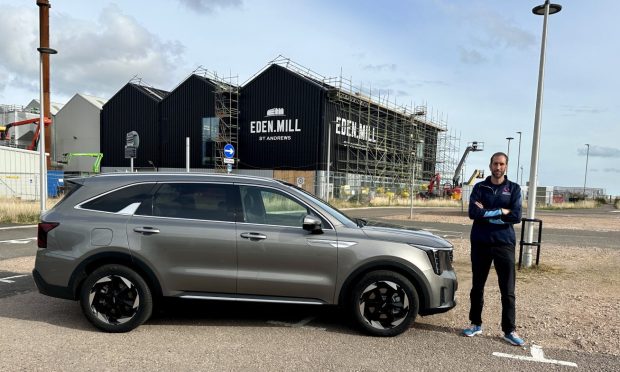
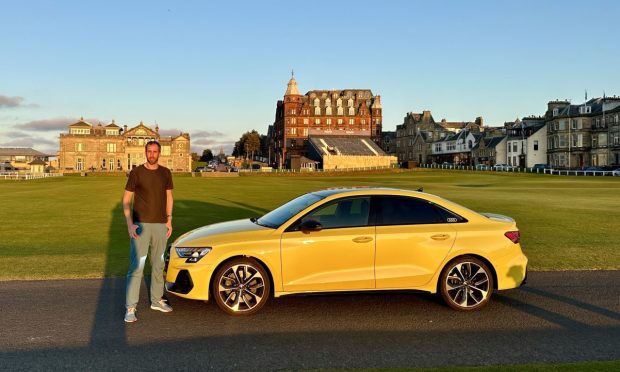
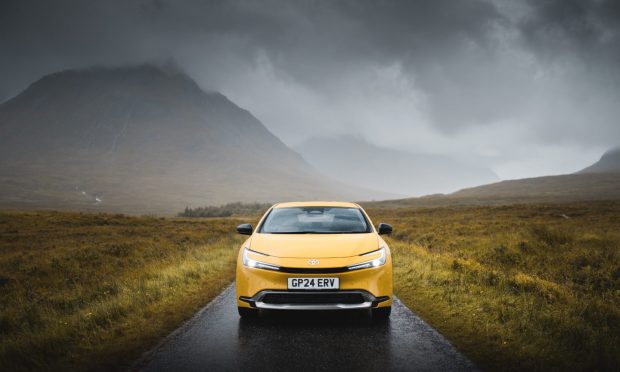
Conversation